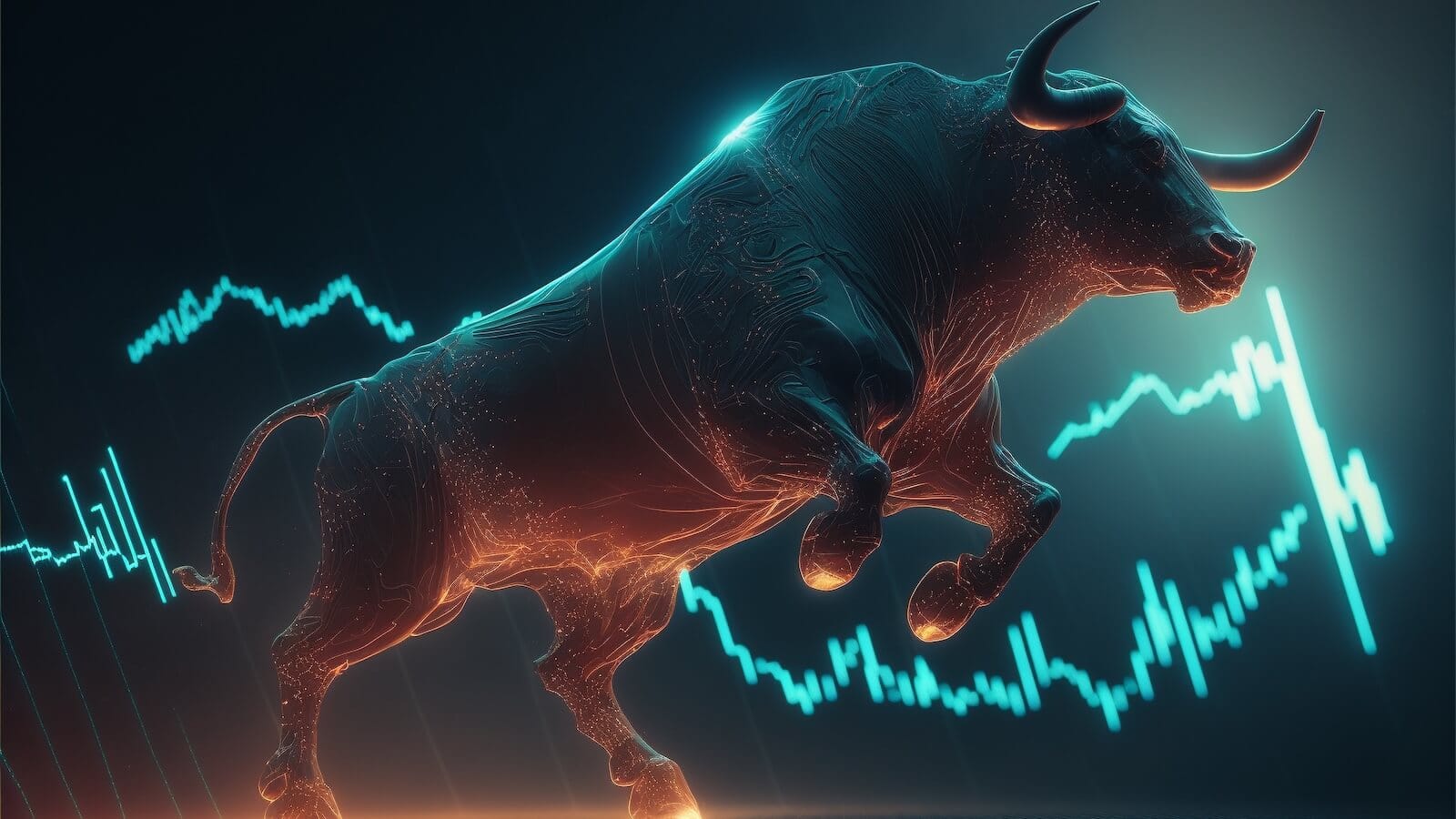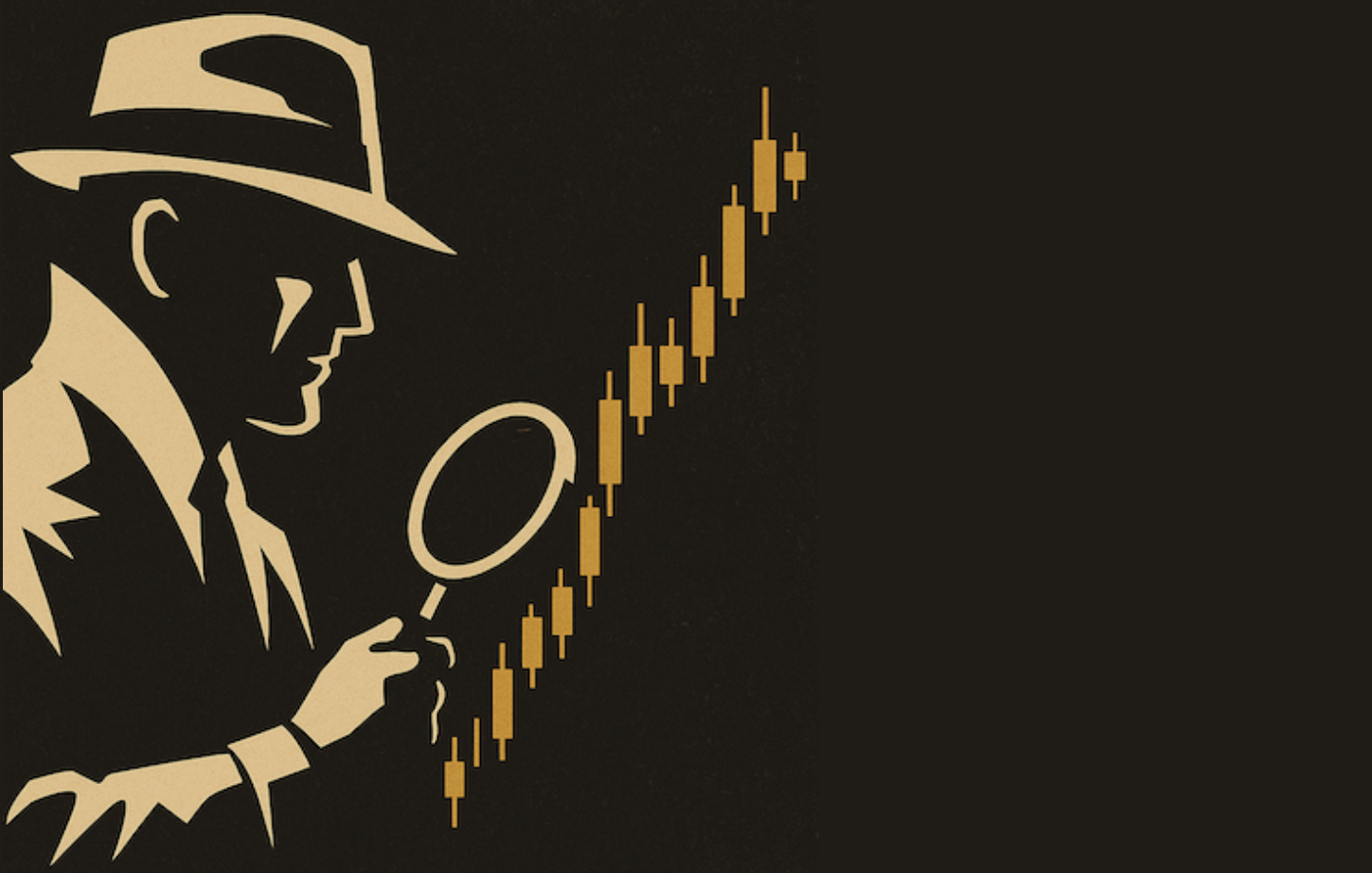IWM BOUNCES TO HOLD CONSOLIDATION SUPPORT -- FINANCE SECTOR CONSOLIDATES AFTER BIG GAINS -- TLT FORMS POTENTIAL CUP-WITH-HANDLE -- OIL AND GASOLINE BECOME OVEREXTENDED -- DAX STALLS AT BROKEN SUPPORT
IWM BOUNCES TO HOLD CONSOLIDATION SUPPORT... Link for todays video. Stocks moved lower on Mondays open, but quickly surged after a report showed pending home sales at their highest level since April 2010. Chart 1 shows the Russell 2000 ETF (IWM) falling towards support on the open and then bouncing back above 82 intraday. Overall, the ETF remains stuck in a trading range with support at 81 and resistance at 83.35. The pattern looks like a flat flag, which is a bullish consolidation. A break above flag resistance would signal a continuation higher. Should IWM fail near resistance, watch for a support break to signal a correction that could extend to the 76 area. Broken resistance and the flattening 200-day SMA mark support here.

(click to view a live version of this chart)
Chart 1
Chart 2 shows the Homebuilders SPDR (XHB) finding support near broken resistance in the 19.50 area. A falling flag like consolidation has unfolded over the last few weeks and an upside breakout would keep the uptrend alive. On the downside, a break below the late November trendline would argue for an extended correction.

(click to view a live version of this chart)
Chart 2
FINANCE SECTOR CONSOLIDATES AFTER BIG GAINS... Chart 3 shows the Finance SPDR (XLF) within a consolidation similar to IWM. Note that financial services is the single biggest industry group (sector) in the Russell 2000 ETF. After a big triangle breakout in late December, the ETF surged above 14.50 in early February and then began a consolidation to work off overbought conditions. Sideways price action after an advance is not necessarily a sign of weakness. It simply signals that buying pressure and selling pressure have equalized the last few weeks. Watch the consolidation boundaries for the next directional clue. Chart 4 shows the Regional Bank SPDR (KRE) for reference.

(click to view a live version of this chart)
Chart 3

(click to view a live version of this chart)
Chart 4
TLT FORMS POTENTIAL CUP-WITH-HANDLE ... The cup-with-handle is a bullish continuation pattern that forms within an uptrend. William ONeal, creator of Daily Graphs and Investors Business Daily, popularized this pattern as a means to identify strong securities. There are three parts to the pattern: the cup, the handle and rim resistance. Chart 5 shows the 20+ Year T-Bond ETF (TLT) forming a cup with the early October high, late October low and mid December high. The decline over the last 10 weeks is forming the handle, while the highs across the pattern mark rim resistance. A break above rim resistance would signal a continuation higher and reassert the uptrend in treasuries. For now, the handle remains a work in progress. Prices have been zigzagging lower since 19-Dec to form a falling flag of sorts. This is also a bullish continuation pattern. A break above flag resistance would signal a continuation of the prior advance and increase the chances of a bigger breakout at rim resistance.

(click to view a live version of this chart)
Chart 5
A breakout in TLT would be a bearish development for the stock market. The indicator window shows the 20-day Correlation Coefficient for TLT and SPY. Except for a brief period in positive territory, this indicator has been mostly negative the last 12 months. This means treasuries advance when stocks decline and visa versa. Keep in mind that the Correlation Coefficient is based on one period. If both securities go up one day, the 2-day Correlation Coefficient would be +1, even if one advances 10% and the other advances just .01%. If both decline, the 2-day Correlation Coefficient would be +1 as well because both moved in the same direction. The Correlation Coefficient is -1 when the two move in opposite directions. The 20-day Correlation Coefficient is an aggregate measure of each days Correlation Coefficient over a 20-day period. It is not an average, but rather a very complicated quantitative formula. Chart 6 shows the 30-year Treasury Yield ($TYX) for reference.

(click to view a live version of this chart)
Chart 6
OIL AND GASOLINE BECOME OVEREXTENDED... The oil complex has undergone a massive rally the last 10 weeks. Led by Brent oil, we have seen big moves in heating oil, west Texas intermediate and unleaded gasoline. Looking back, a number of bullish factors came together over the last two months. First, we have seen strong economic reports out of the US. Second, stock markets in the US and Europe bottomed in early autumn and accelerated higher the last two months. Third, tensions in the Middle East kept a bid in oil prices this year. Fourth, a sharp six-week decline in the Dollar helped commodity prices. Even though stocks and crude are positively correlated, rising crude prices could become detrimental to the economy and stock market at some point. On the price charts, many oil related commodities have become overbought and ripe for a pullback or consolidation. Chart 7 shows Spot Light Crude ($WTIC) breaking resistance with a surge from 96 to 108 (up 12.5%). After tracing out an inverse head-and-shoulders pattern from mid November to February, crude broke resistance to signal a continuation of the uptrend. Broken resistance turns into first support in the 102.5-104 area.

(click to view a live version of this chart)
Chart 7
Chart 8 shows Spot Heating Oil ($HOIL) breaking a resistance zone that extends back to May 2011. This broken resistance zone now turns into the first support zone to watch on a throwback. A move back below the mid February lows would invalidate this breakout.

(click to view a live version of this chart)
Chart 8
Chart 9 shows Spot Unleaded Gasoline ($GASO) breaking resistance levels in early January and again in late January. Unleaded gas is up over 30% from its December lows. The trend is clearly up here, but $GASO is clearly overbought and ripe for a corrective period. Also note that resistance from the 2011 high comes into play in the 3.40 area.

(click to view a live version of this chart)
Chart 9
Chart 10 shows the Brent Crude ETF (BNO) reaching the upper trendline of a rising channel. After a move from 76 to 87 (14%), the ETF is also overbought and ripe for a correction. Broken resistance turns first support in the 79-80 area. Europeans buy Brent denominated crude and this surge is negative for the EU economy.

(click to view a live version of this chart)
Chart 10
DAX STALLS AT BROKEN SUPPORT... The headline du jour will likely refer to the G-20 finance ministers decision not to extend aid to the EU for a bigger European backstop. While it is entirely possible that European bourses were down because of this decision, the rationale was more technical than fundament. Chart 11 shows the German DAX Index ($DAX) hitting resistance in the 7000 area from broken support. Also notice that the index was quite overbought after a 24% advance in just 10 weeks. In addition, the index is up some 40% from its September low to its February high (5000 to 7000). These are not small moves and some profit taking is warranted at some point. Based on the price chart, broken resistance levels in the 6200-6400 area turn into the first support zone to watch on a pullback. The indicator window shows the 20-day Correlation Coefficient for the S&P 500 and the DAX. These two have a strong positive correlated the last 12 months. While it is hard to tell which index is leading, the Correlation Coefficient suggests that they will rise and fall together. Investors cannot attain much diversification by investing across the pond.

(click to view a live version of this chart)
Chart 11
Chart 12 shows the French CAC Index ($CAC) retracing 50-61.80% of the prior decline with a move above 3400 last week. The swing within the rising wedge remains up with the mid February lows marking first support. Note that CAC is seriously underperforming the German DAX Index. This suggests that the French index will catch the flu should the German Index sneeze.











